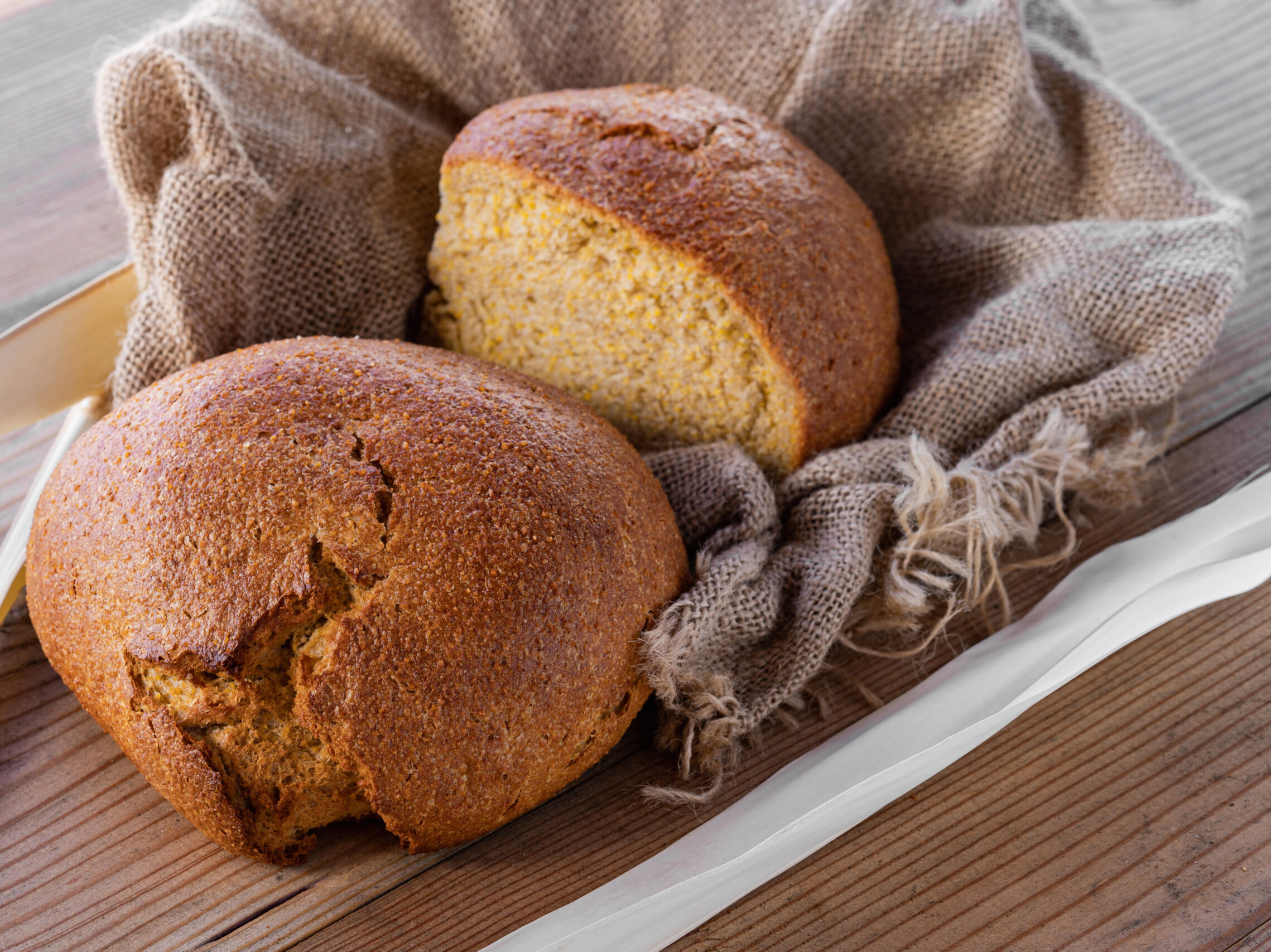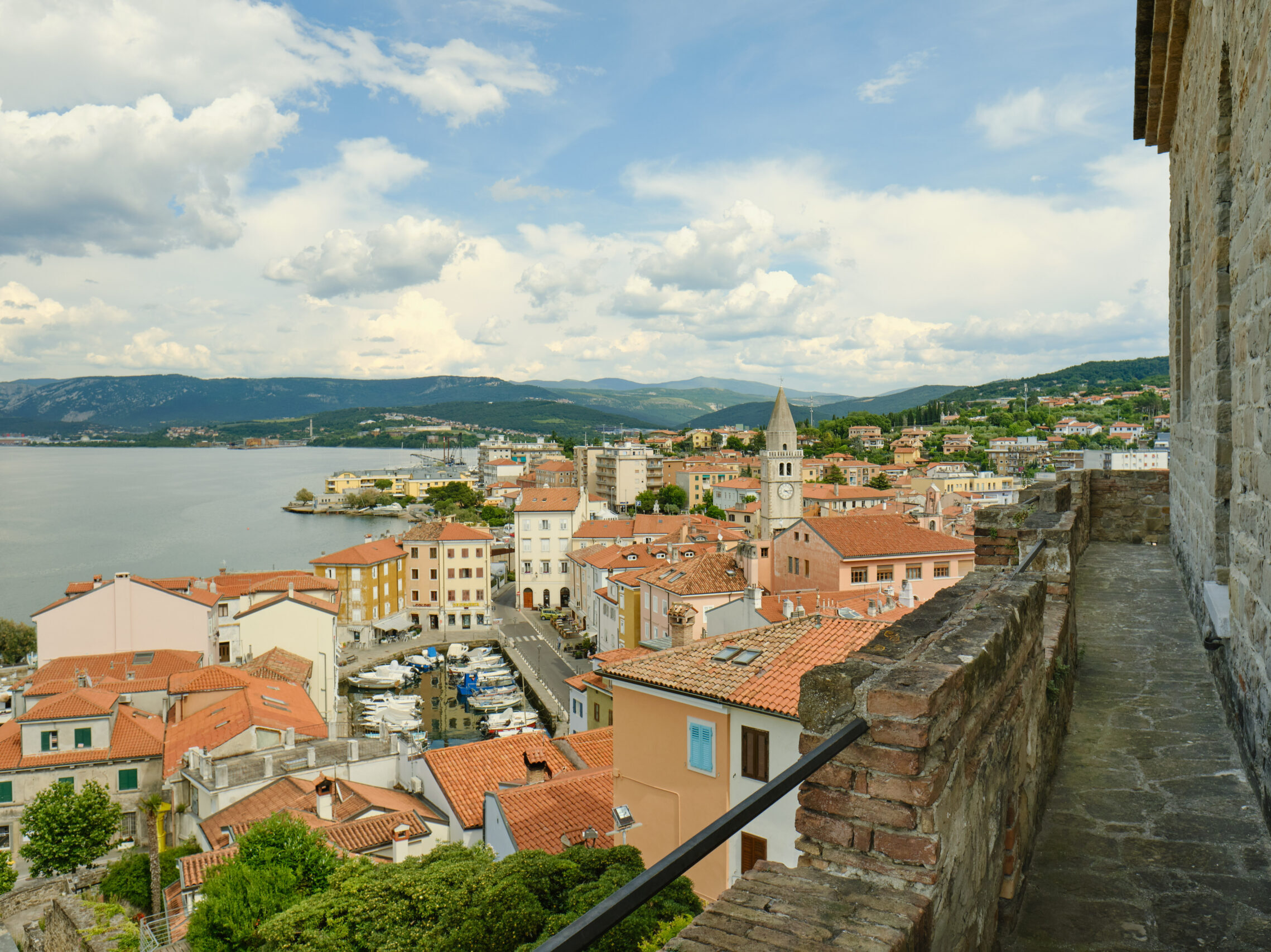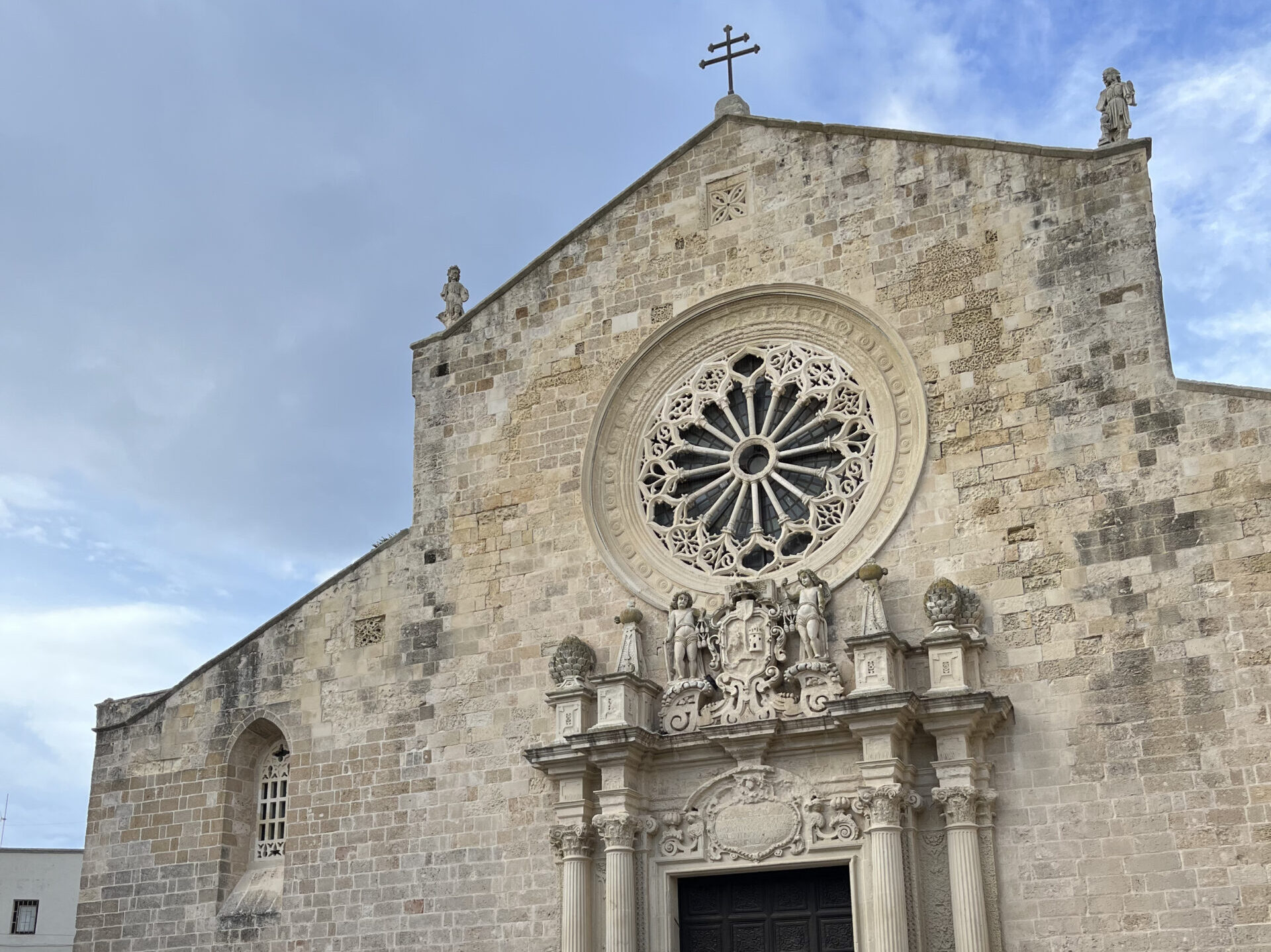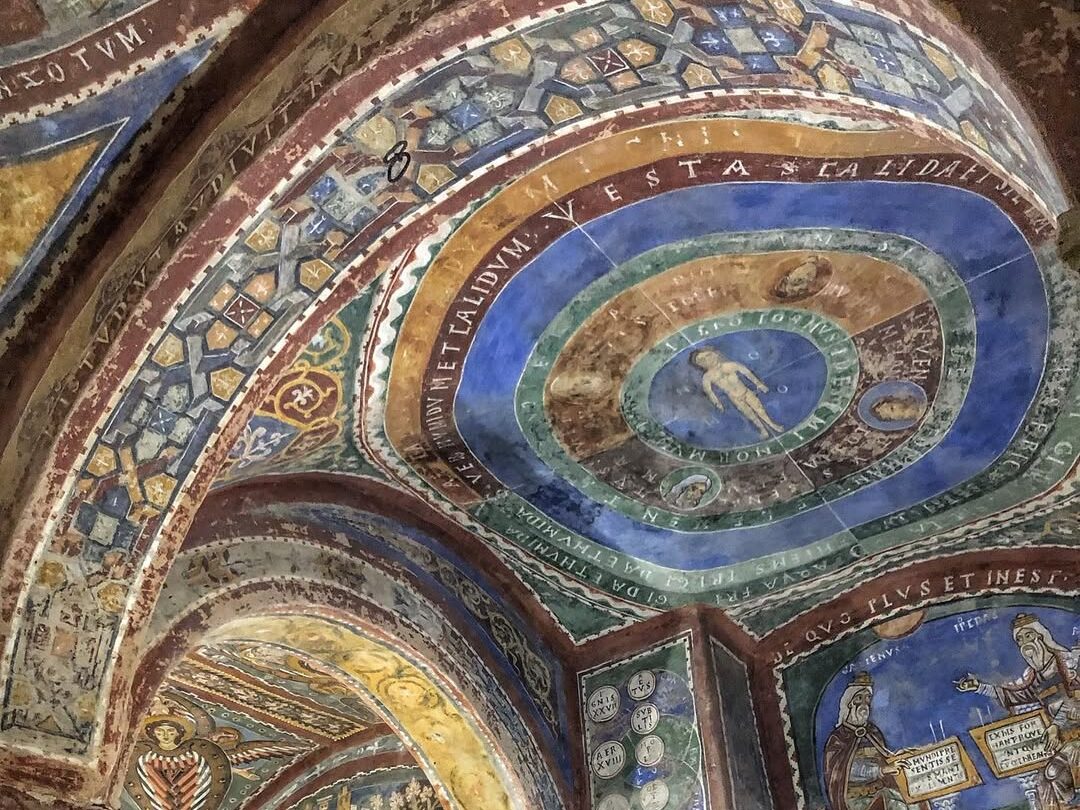Here is the recipe for the sweet and spiced bread that symbolizes the culinary tradition of the Gemonese region, in Friuli Venezia Giulia, born from cultural and gastronomic influences from Central Europe during the Austrian domination.
Gemona del Friuli and its surrounding area have been a key crossroads for trade and migration flows to Central Europe for centuries. During the Austrian rule, they not only constituted one of the gateways to Vienna but also served as an important hub for skilled labor. Artisans and workers would seasonally travel to work in the foundries across the border, returning home with new cultural influences, including culinary traditions.
It is in this context that Pan di Sorc was born, a sweet and spiced bread, the result of local adaptations and cultural exchange. In the past, families in the Gemonese region would prepare it for holidays, especially at Christmas, as a symbol of sharing and tradition. Each family had its own recipe, but the base ingredients remained the same: a mixture of corn flour (called “sorc” in Friulian), rye, and wheat, enriched with dried figs, sometimes raisins, and fennel seeds. The bread was baked either in communal village ovens or in the homes of wealthier families. Part of the bread remained with the oven owner, while the rest was consumed by the family or given to children as a gift.
In terms of appearance and taste, Pan di Sorc stands out for its round, low shape, with a dark, crunchy crust that encloses a yellow crumb with the unmistakable aroma of polenta. It was eaten both sweet and savory, often served with cold cuts. When dried, it was dipped in milk or used to prepare Crafùt, a meatball made from chopped pig liver and kidneys, mixed with grated corn bread, sultana raisins, lemon zest, and apples.
Cereal cultivation in the Gemonese region followed specific rhythms: besides rye and soft wheat, several varieties of corn were grown, particularly the short-cycle varieties, known as “cinquantini,” because they ripened in about 50 days. This allowed for a second harvest, essential for supplementing the family economy. However, with the gradual abandonment of these crops and the evolution of dietary habits, Pan di Sorc has become a food increasingly limited to the families most attached to tradition.
Today, thanks to a renewed interest in local products and the rediscovery of old recipes, Pan di Sorc is experiencing a revival, serving as a testament to a rich culinary culture steeped in history and authentic flavors.
Traditional Recipe Collected from the Testimonies of Domenico Calligaro (Baker) and Anedi Basaldella (Miller) and published in the educational booklet “Mulini, farine, mugnai” (Mills, Flours, Millers), published in 2005 by CEA Mulino Cocconi ODV, the managing body of the Ecomuseum of the Waters of Gemona del Friuli.
Ingredients for 4 people:
- 100g of water
- 100g of natural yeast or 25g of brewer’s yeast
- 50g of sugar
- 50g of rye flour
- 200g of finely ground cinquantino corn flour
- 200g of soft wheat flour
- 50g of dried figs or sultana raisins
- A pinch of cinnamon and some wild fennel seeds (optional)
Instructions
In a bowl, dissolve the yeast in lukewarm water, add the sugar, a pinch of salt, and the corn flour, mixing well. Add the cinnamon and gradually incorporate the sifted wheat and rye flours until the dough becomes smooth and manageable with your hands. Remove the dough from the bowl and knead it on a flat surface, adding the figs or raisins and fennel seeds. If needed, add more water or wheat flour. Once the dough no longer sticks to your hands, shape it into two balls, roll them in corn flour, and place them on a greased baking tray. Let the dough rise in a warm place for at least two hours, then bake at 180°C (350°F) for 30-40 minutes. Serve cooled to room temperature.




